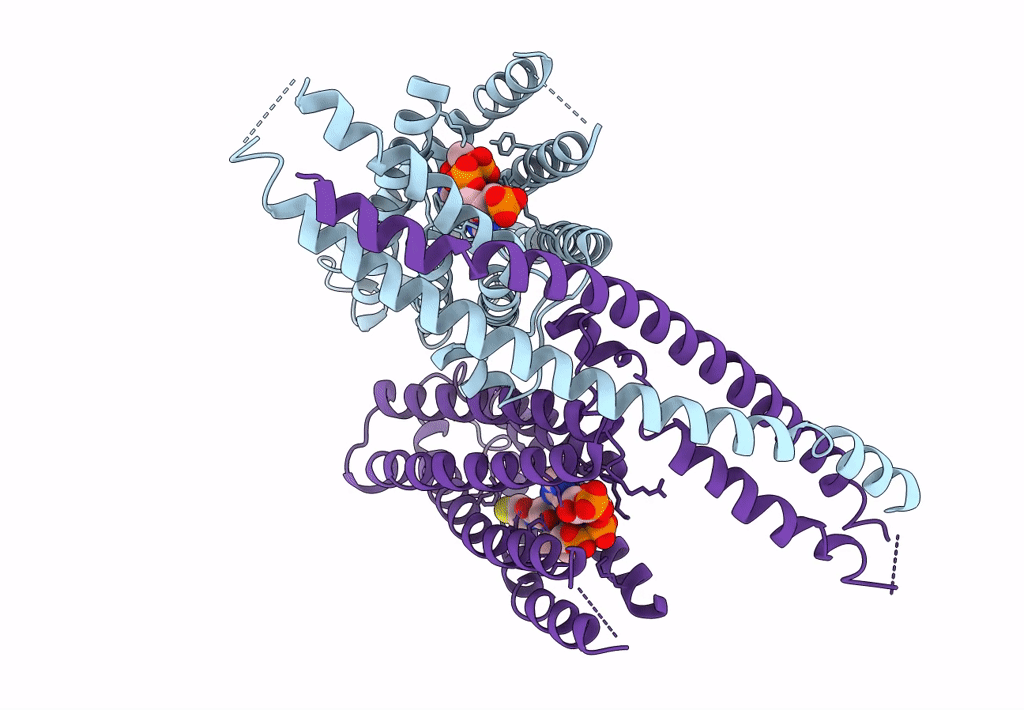
Deposition Date
2021-05-25
Release Date
2021-09-15
Last Version Date
2024-05-29
Entry Detail
PDB ID:
7N0L
Keywords:
Title:
Cryo-EM structure of TACAN in the H196A H197A mutant form (TMEM120A)
Biological Source:
Source Organism:
Mus musculus (Taxon ID: 10090)
Host Organism:
Method Details:
Experimental Method:
Resolution:
2.80 Å
Aggregation State:
PARTICLE
Reconstruction Method:
SINGLE PARTICLE


